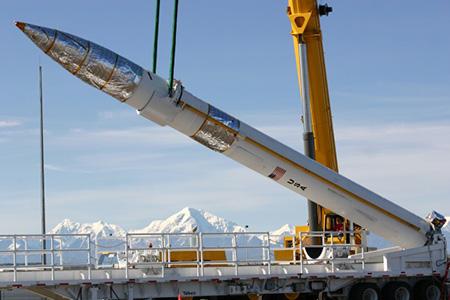In fact, the Defense needs to implement these stations with a third one, in order to protect the entire nation from intentional or accidental attacks. An effective anti-missile defense system should start with the upgrading of the currently deployed "kill vehicle" and the "long-range discrimination radar" for intercepting the hostile missile re-entry vehicle.
The Missile Defense Agency has identified these two elements as the weak point of the defense, therefore an improved radar system is needed that can intercept with the necessary accuracy a warheads in a cloud threat environment. The official estimate for spending is around 3 billion dollars, and four areas have been identified where new sites could be built. This decision should be made by the 2016.
Moscow and Beijing have launched an important policy of modernization and implementation of their nuclear capabilities. In the next 10 years Russia will update the ICBMs with five variants of the SS-27 missile. The first version, Topol-M, is already operational, the second is close to being deployed and the development of the third variant is underway. Russia's total ICBM force will count 220-250 missiles within the 2022, and the 70 percent of these will be equipped with multiple warheads.
.jpg)
According to the report of the National Air and Space Intelligence Center, China has the most active and diversified program for missile development. Beijing will have over 100 intercontinental ballistic carriers within 15 years, but above all the number and range of missiles is expanding: payloads have been improved and older systems are updated with new units. The Chinese DF-31, is a variant of "road-mobile" ICBM and has a range sufficient to reach the US West Coast.
Iran and North Korea are longer-term threats to the US, the forecast for the development of intercontinental ballistic carriers capable of reaching North America, in fact, is not immediate.
Iran has successfully conducted multiple spacecraft launches from the 2008, but for experts from the Missile Defense Agency, it is only a test bed for the development of ICBM technologies.
North Korea is in a more advanced stage of development than Iran, in fact it has put into operation its new "road-mobile" ICBM in whose envelope there would be Alaska and this represents the most credible threat to the US anti-missile system.
Giovanni Caprara
Source: Defense One
(photo: US DoD)












